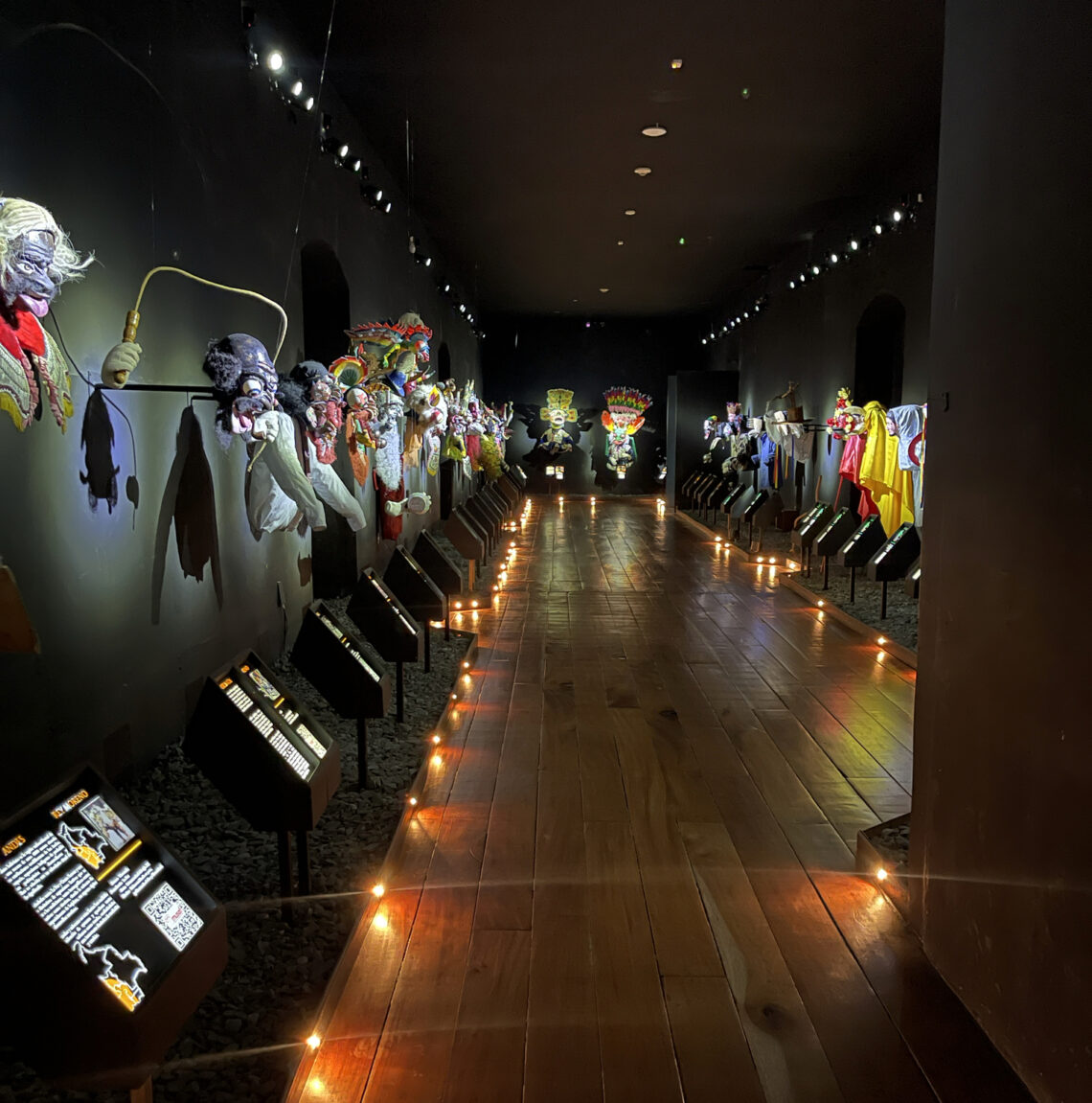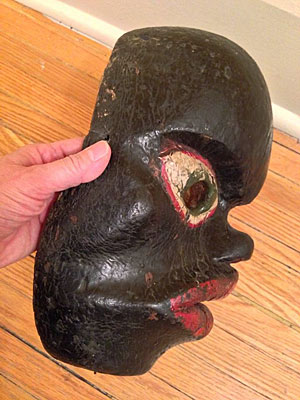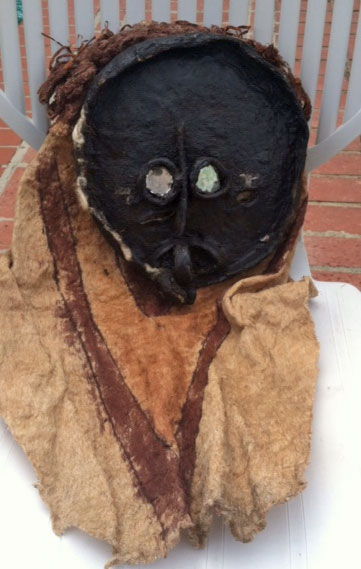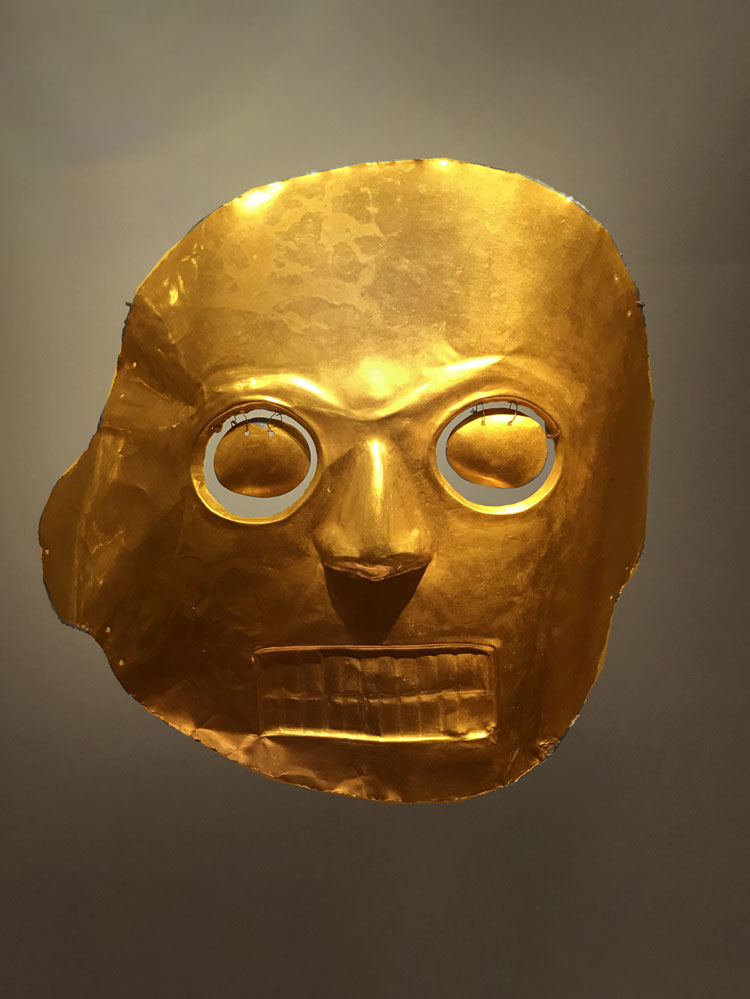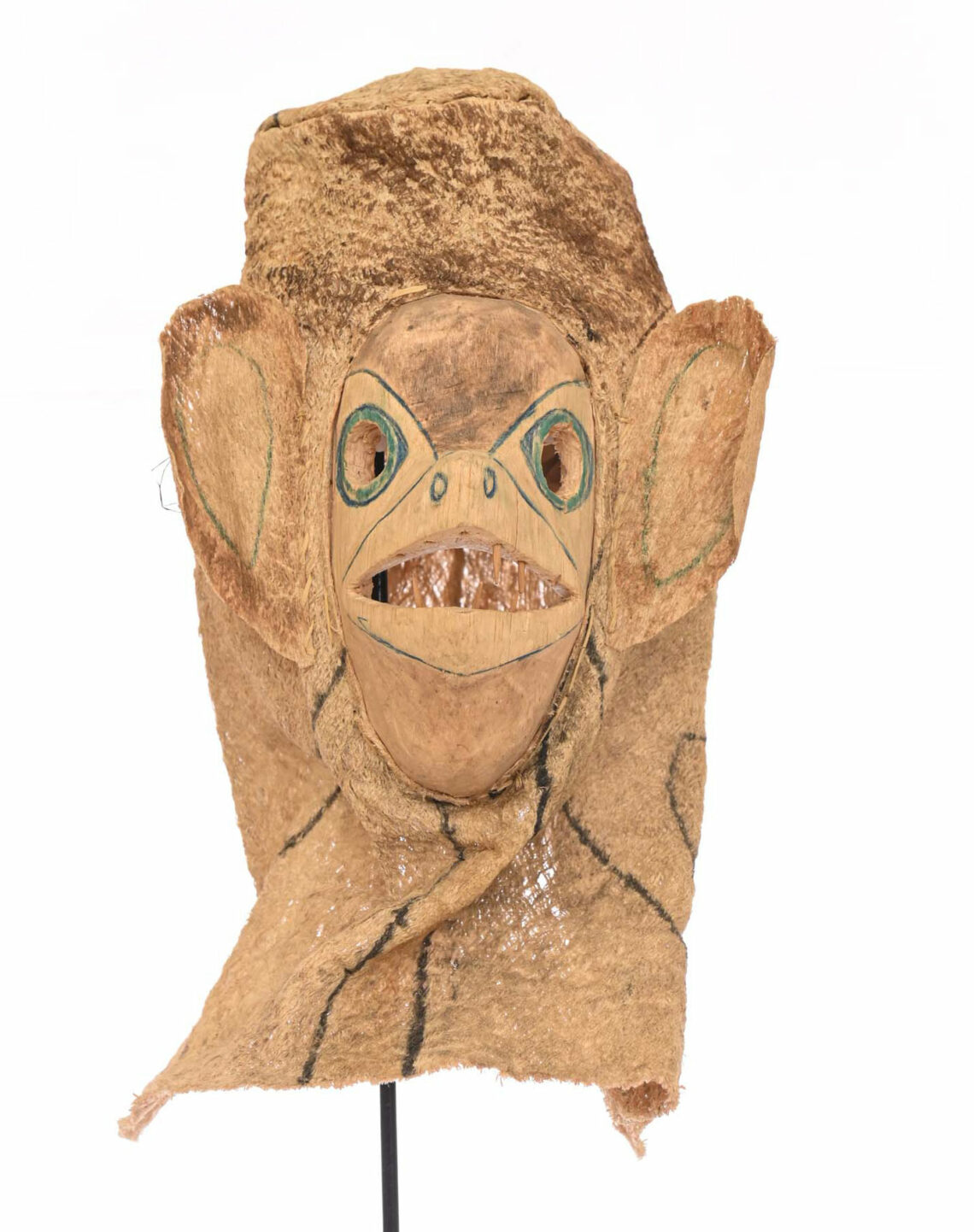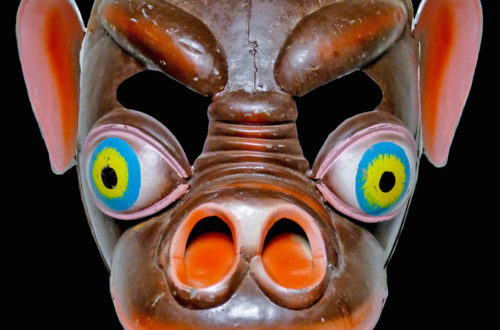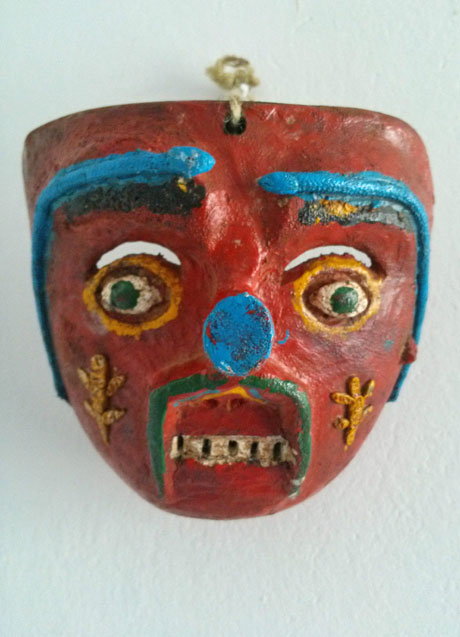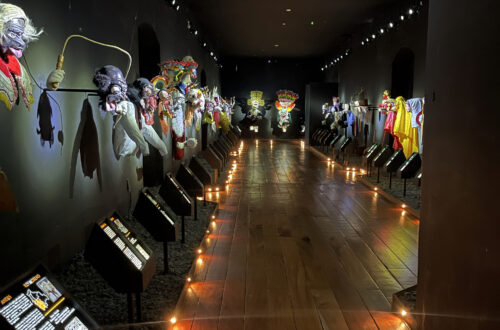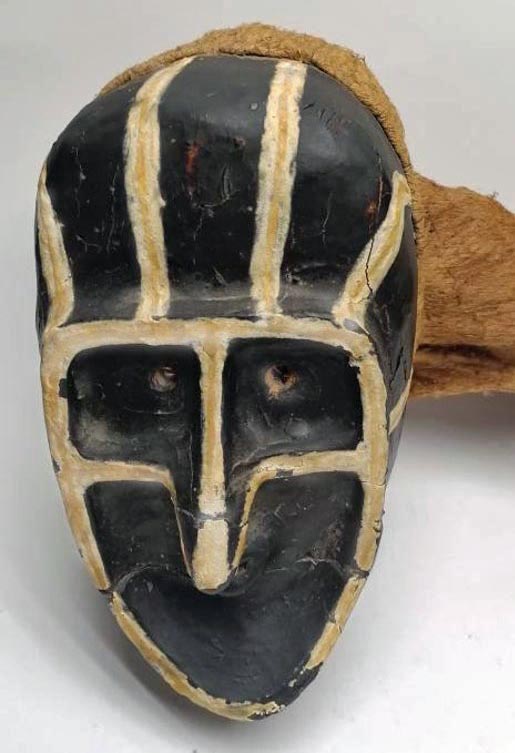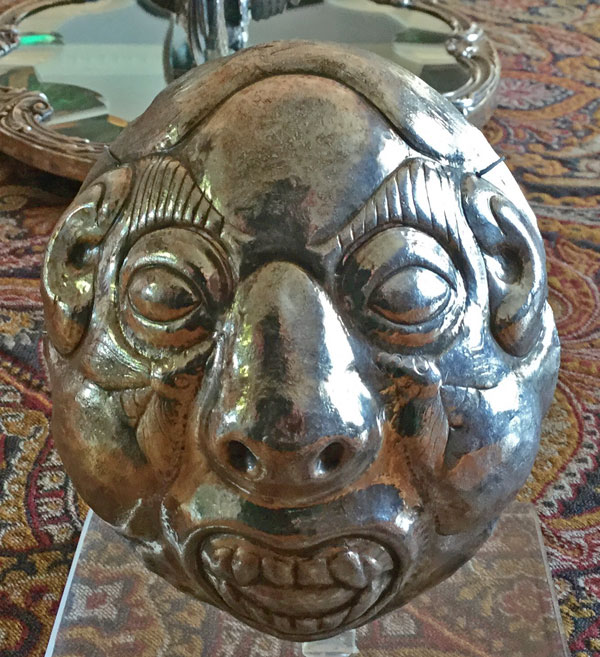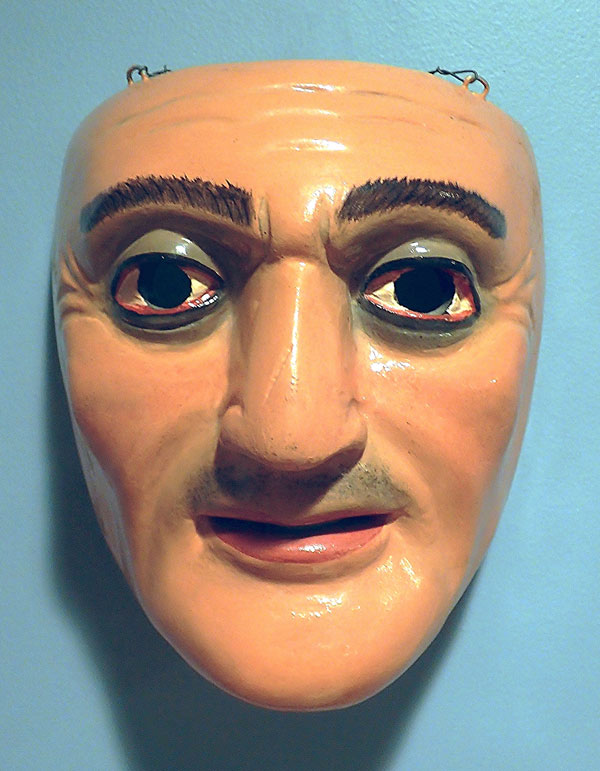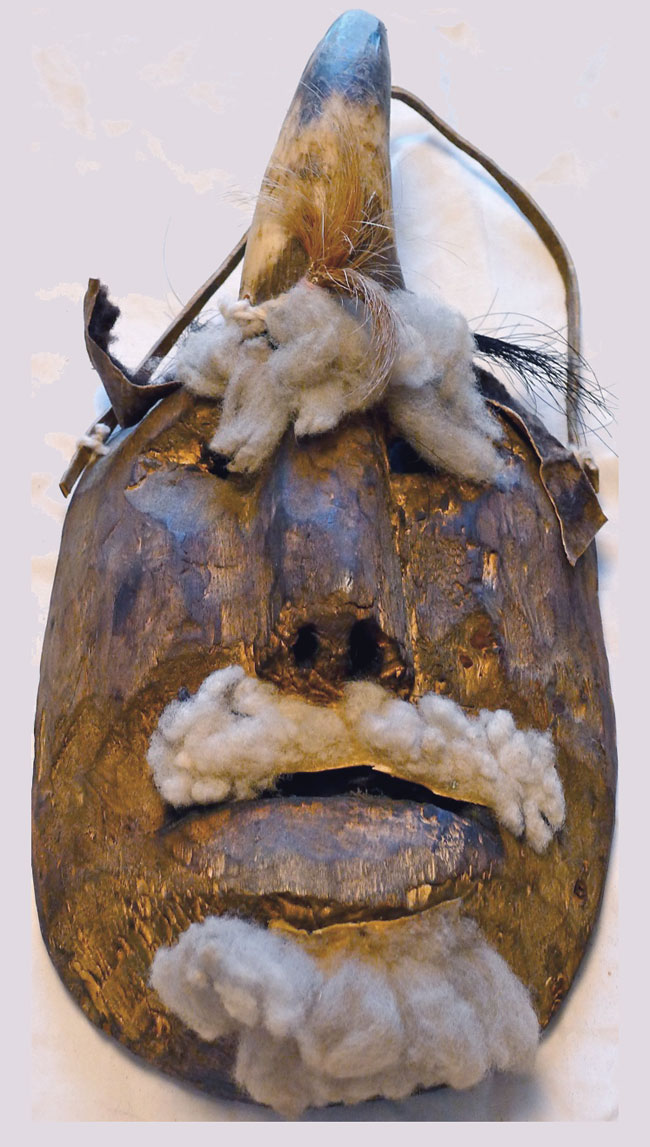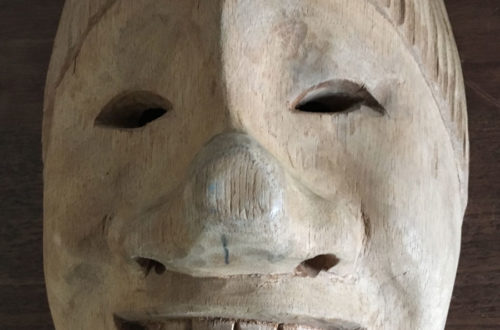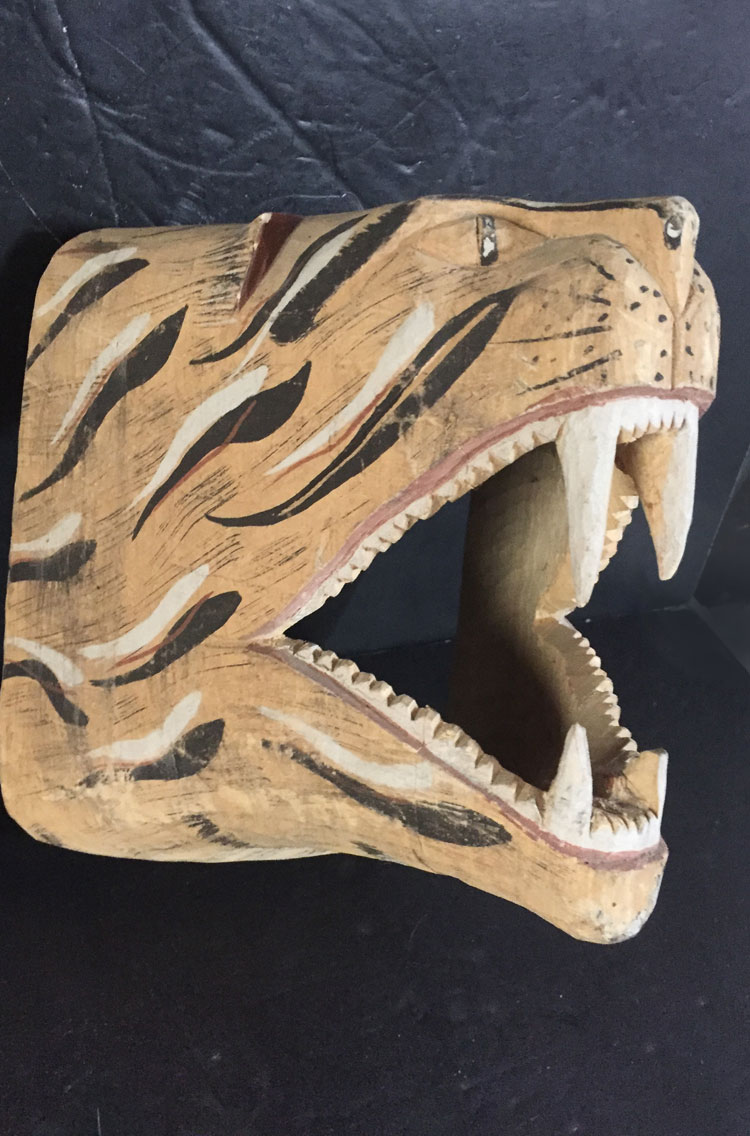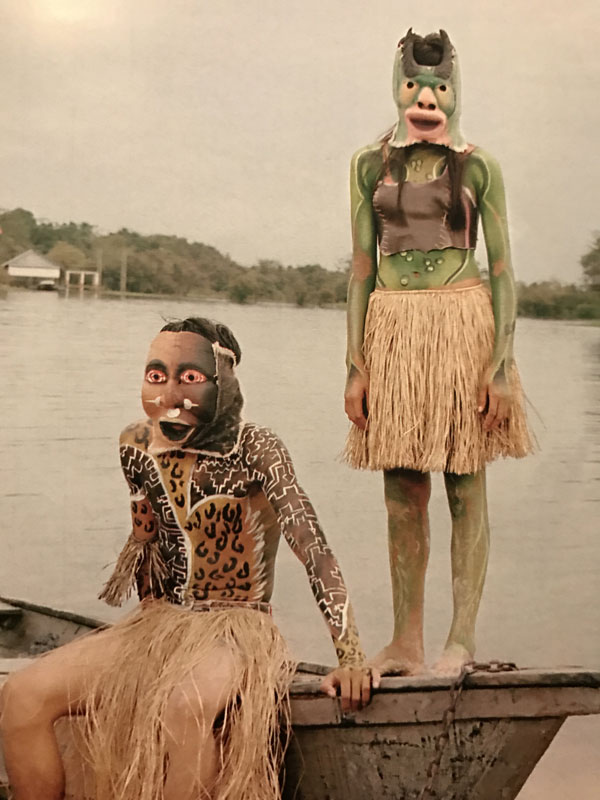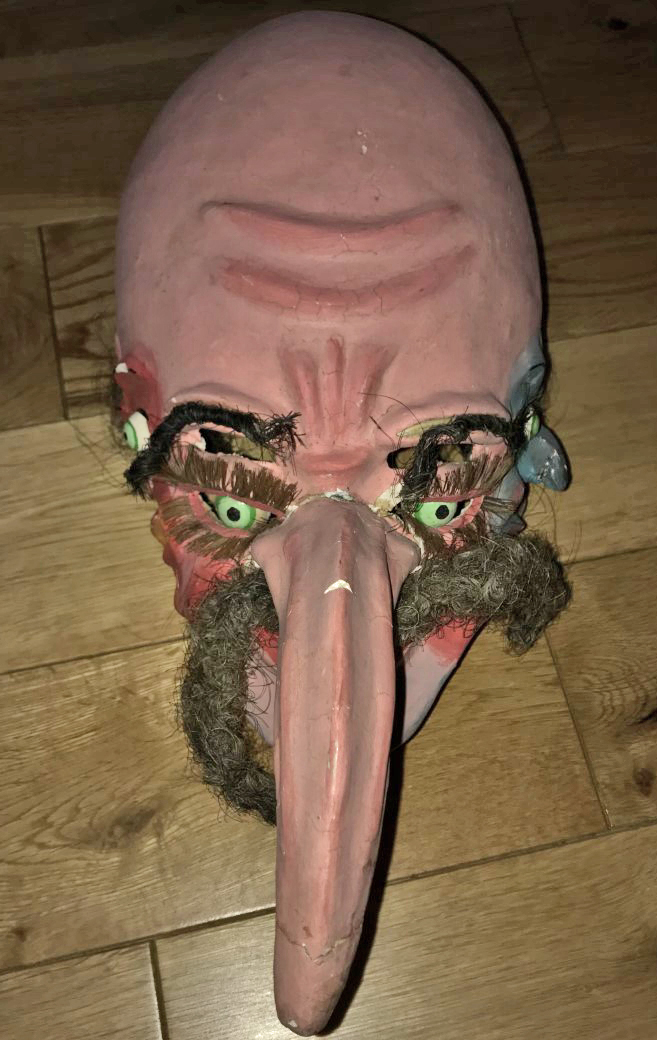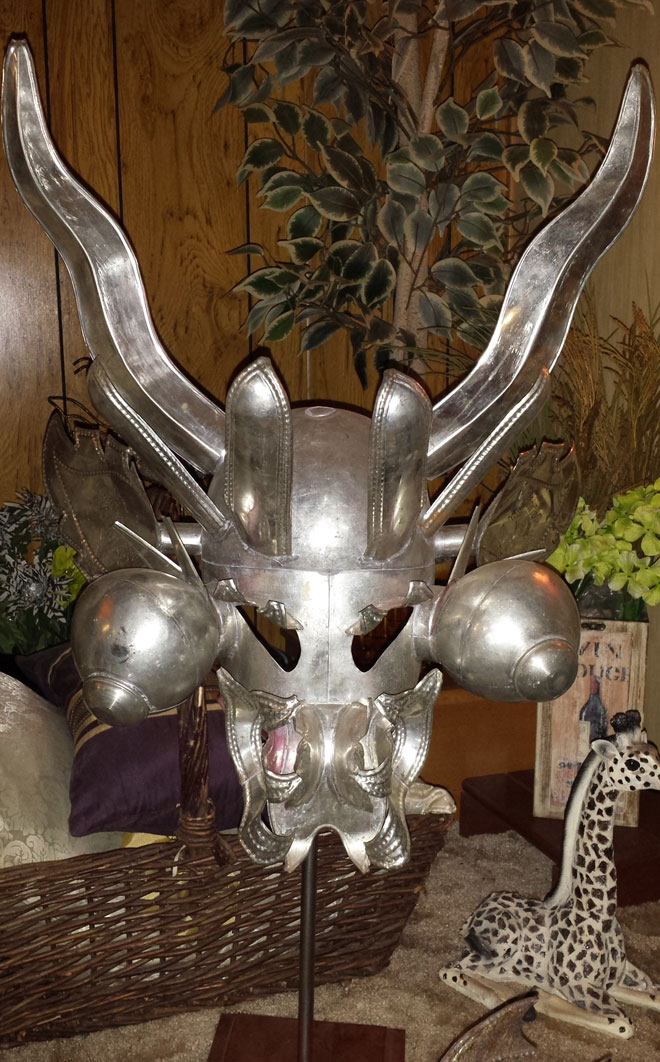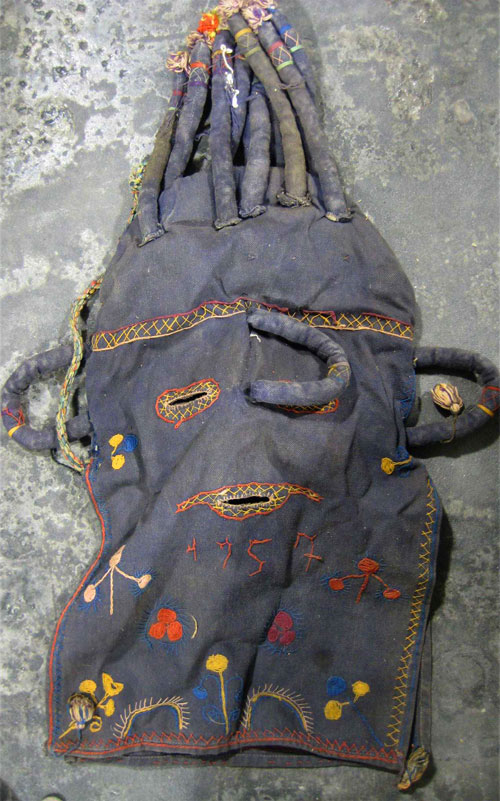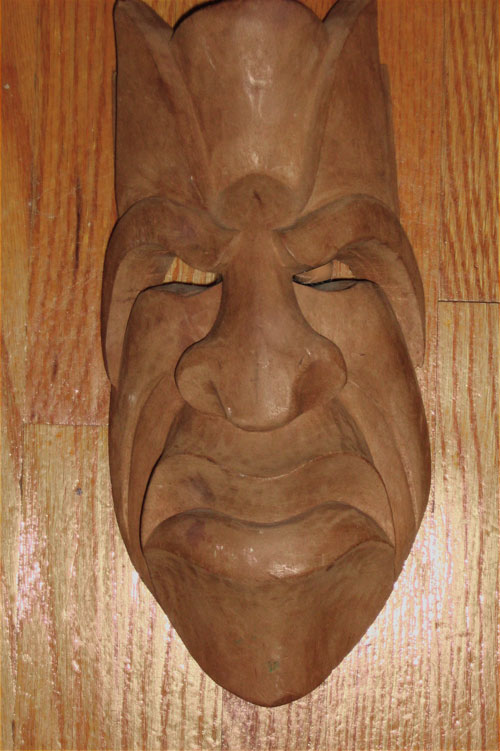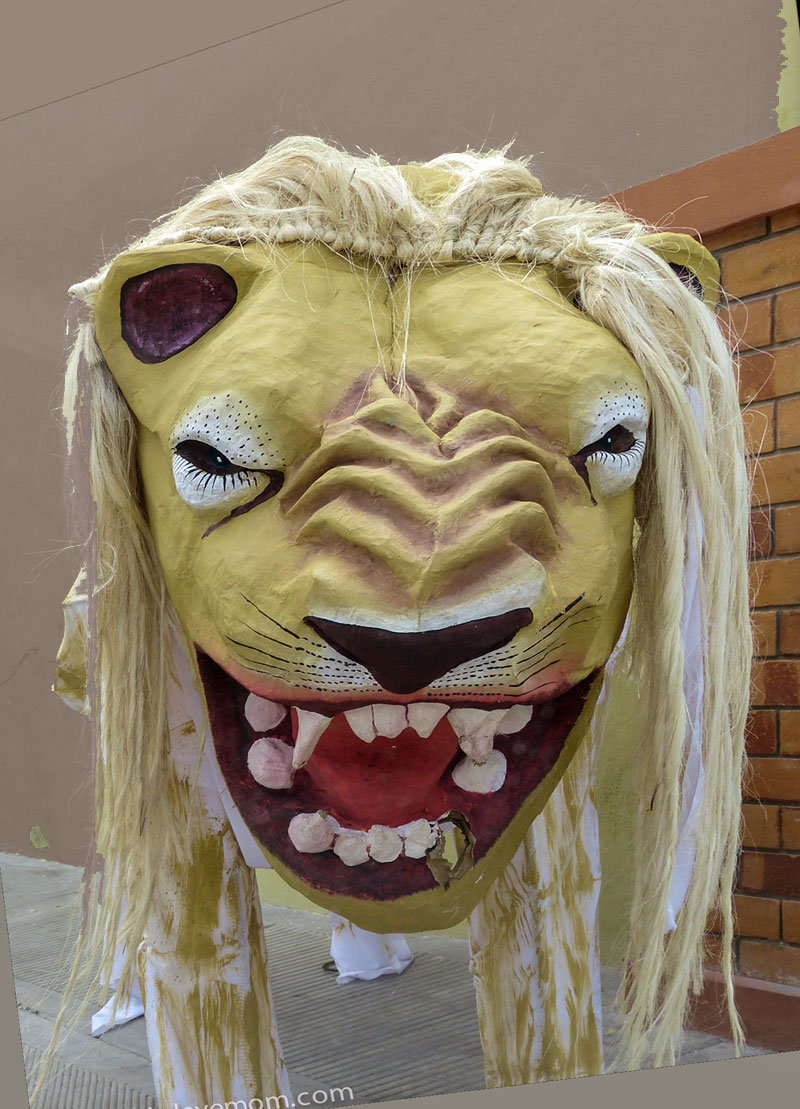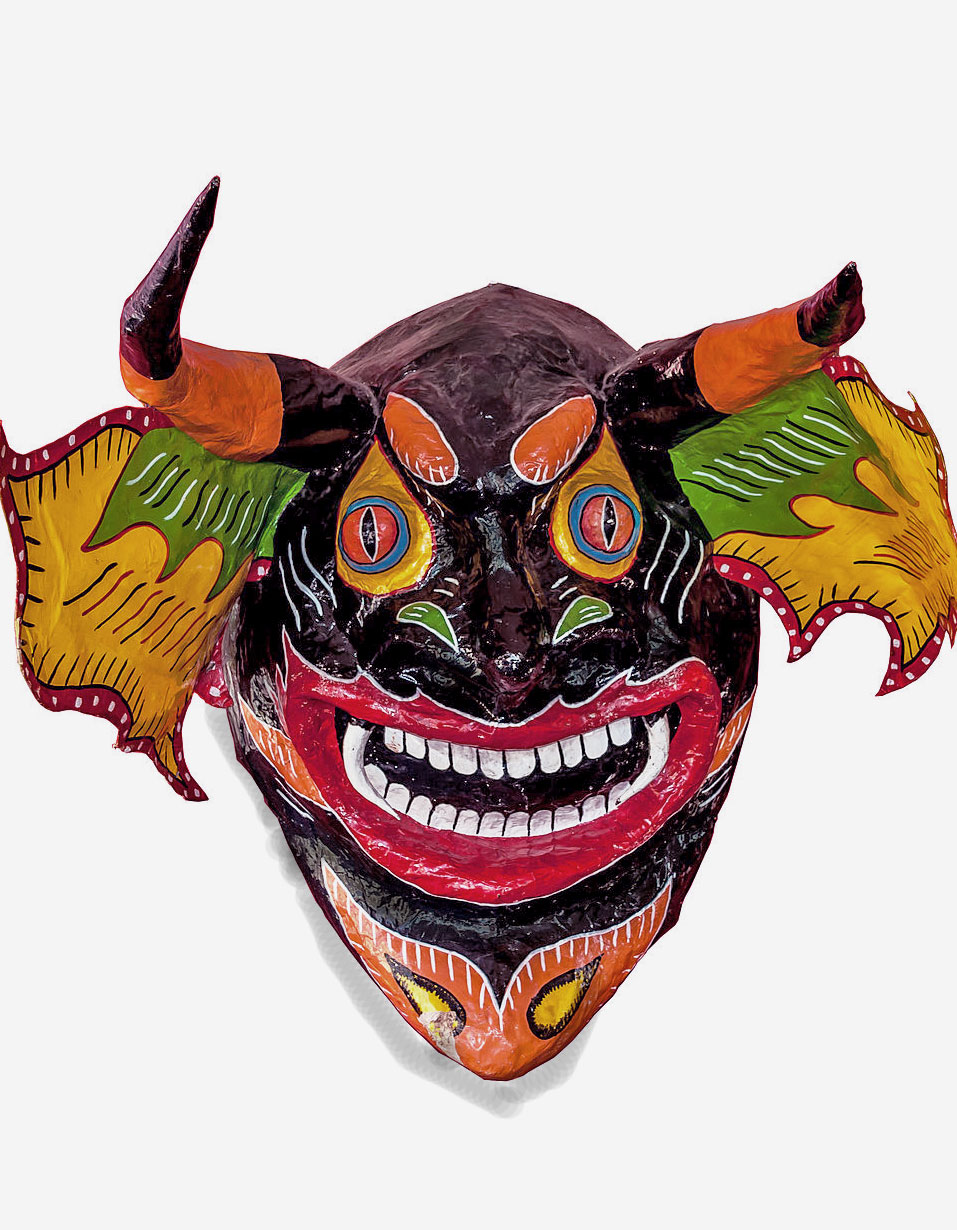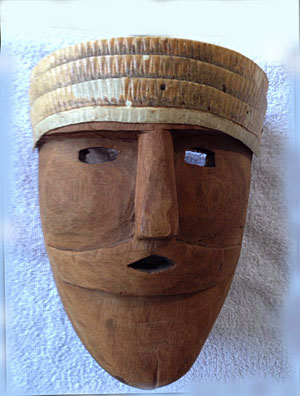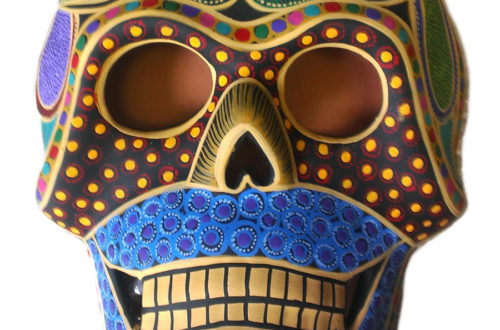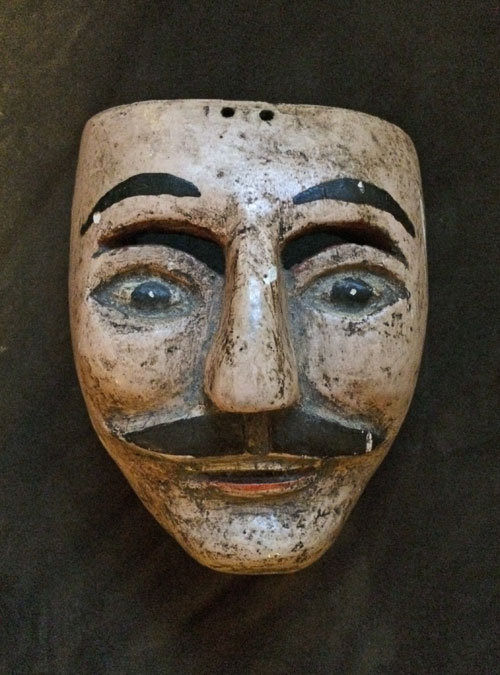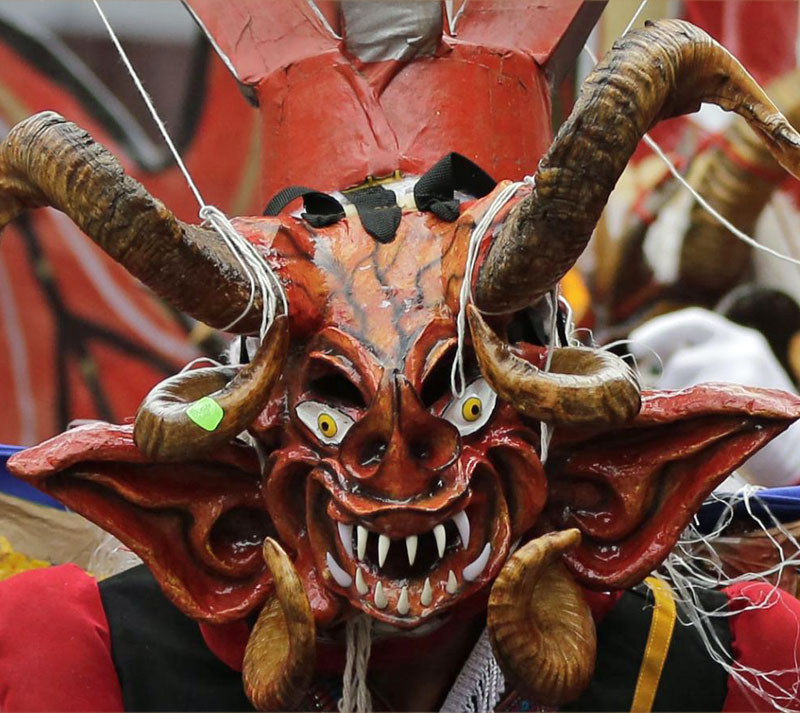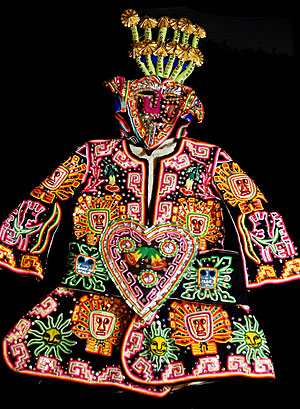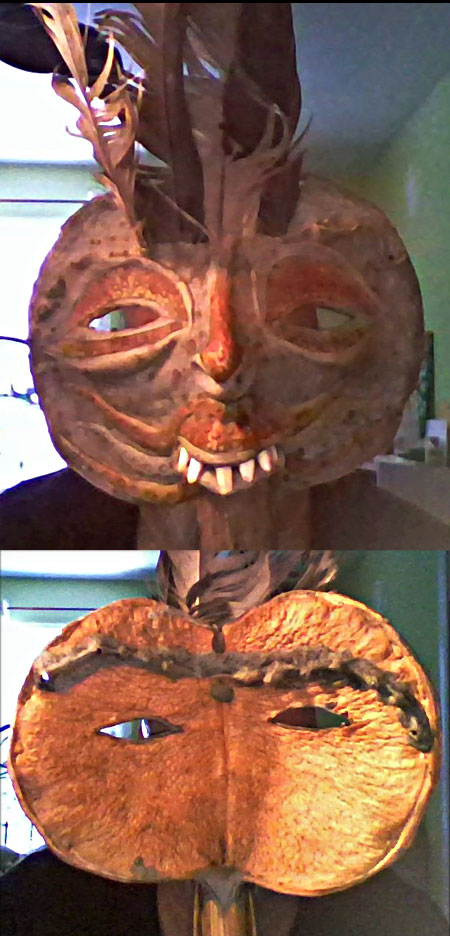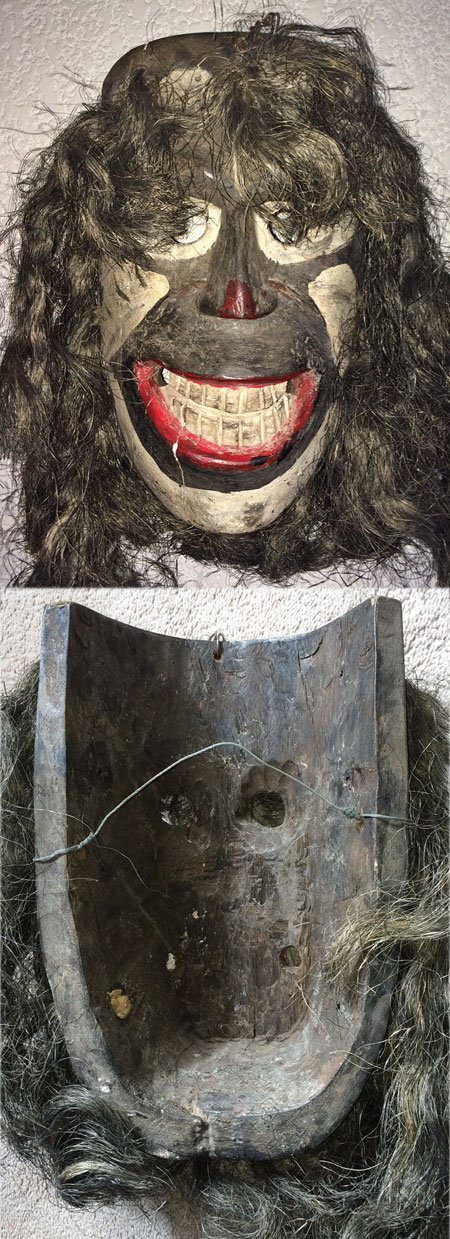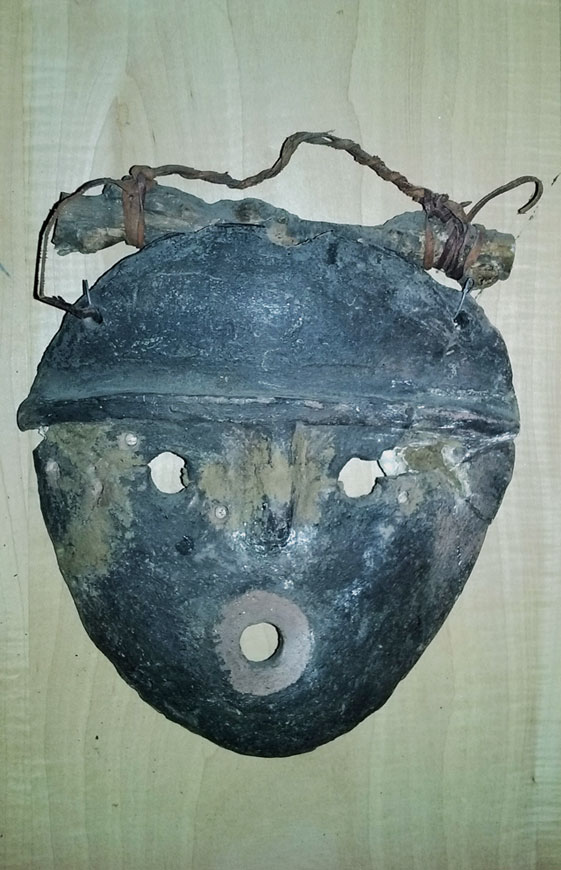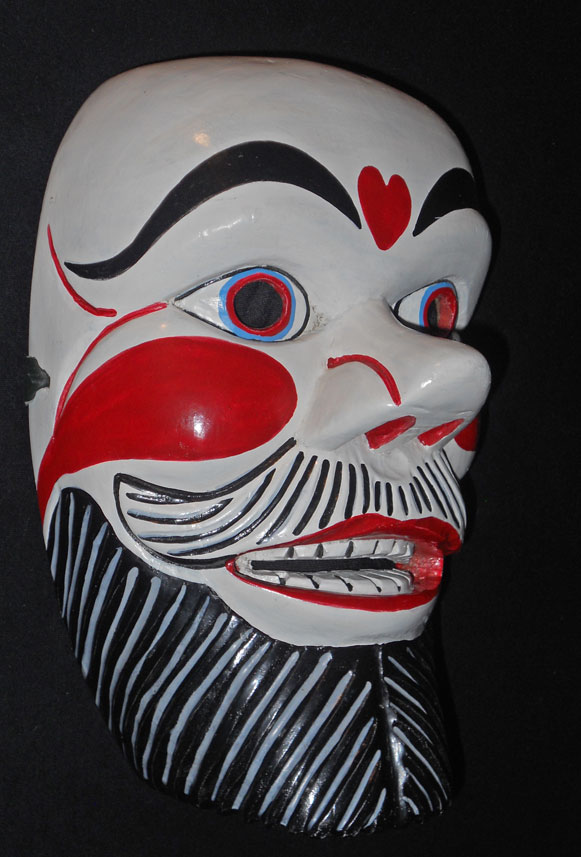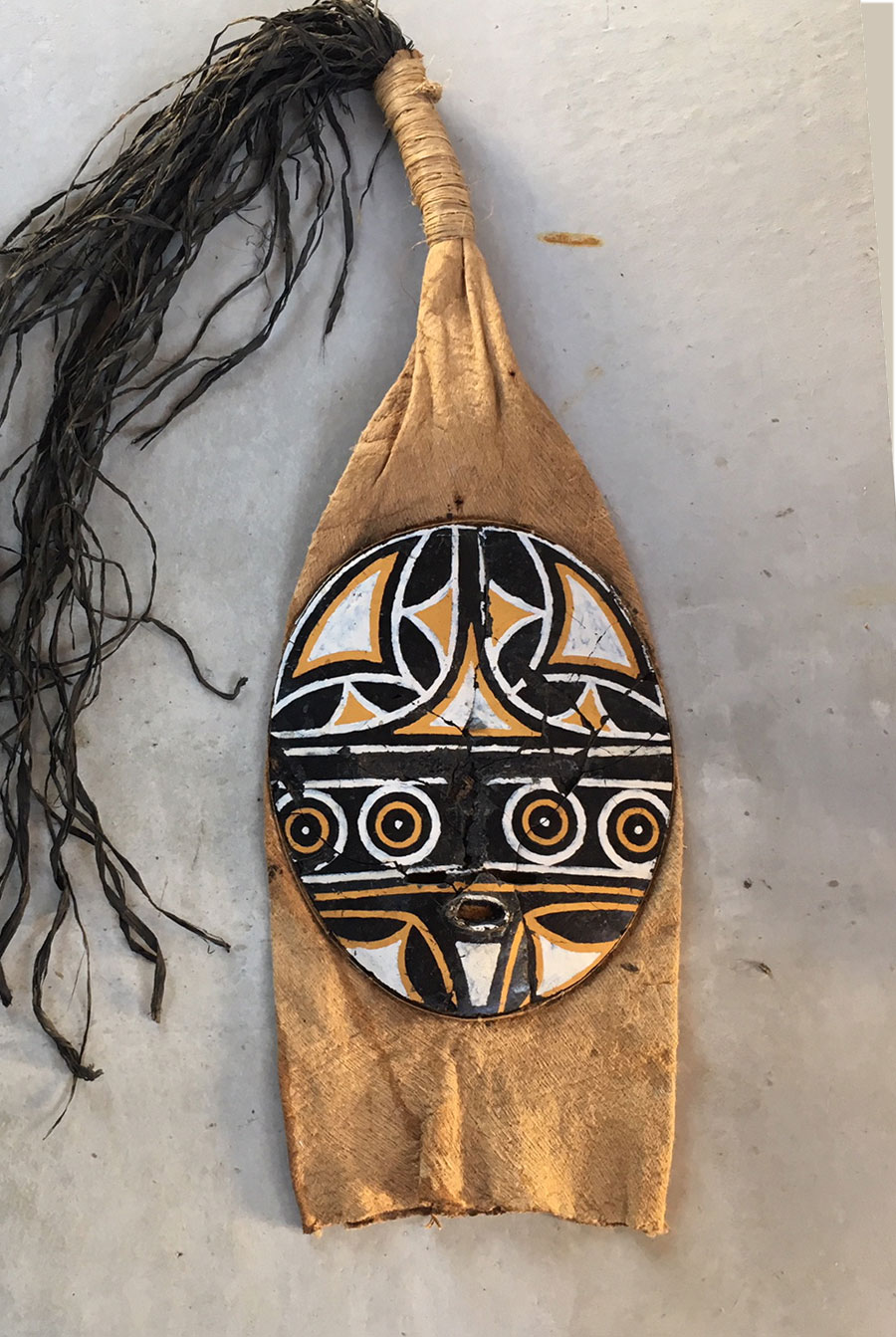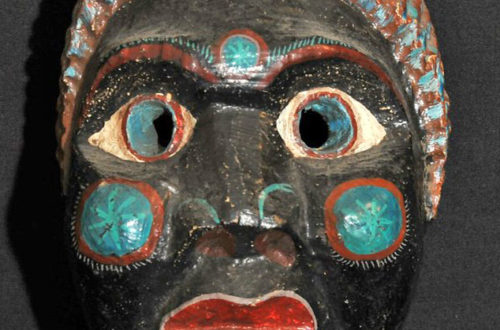Located in the heart of the city, the Bolivian Museum of Ethnography and Folklore’s mask exhibition is an unexpected gem for any mask enthusiast. Upon stepping inside, I was immediately transported into a world of culture, artistry, and history that I hadn’t anticipated. The exhibition was far more extensive than I expected, with each section of the museum meticulously curated to take you on a journey through Bolivia’s rich tradition of mask-making. The moment I entered, I noticed the impeccable museography that set this museum apart. Each mask display was thoughtfully arranged, with lighting that enhanced the colors and textures, bringing the masks to life. The auditory elements further enriched…
-
-
Tikuna Animal Mask
Q: I am hoping that you might be able to help me identify this mask and shed some light about it’s origin/provenance/significance. My parents collected mostly African and Asian masks/statues and I consider myself to be (moderately) good at placing origin/regions, but this one completely stumps me.
-
Piaroa-Huarime character mask
Q: I know this mask is from the Amazon. Alma, 1830 A: It would help to know from whom, when and where you got it; and how much you bought it for. These Amazon Indians live on the Orinoko River between Colombia and Venezuela. They’re unusual looking masks are made of blackened beeswax which has been caved and colored with white clay. The base and fabric are also of natural materials found in the surrounding jungle. I don’t know who this character represents, but it was made to be used used in ceremony or sold to exploring tourists. There are many different masks depicting gods and animals as well. Some…
-
Amazon Indian dance mask
Q: Wondering about the origin and use of this mask. Tara, 1816 A: There are still small tribal groups in remote parts of the Amazon Basin. This piece comes from the the Wayana-Aparal tribe who are located close to the mouth of the great river. The mask is called a Tamoko. Its skirt actually flows all the way to the ground, covering the dancer’s entire body. It is made by hand in the rain forest with many different natural materials. Your Tamoko appears to have been used in culture and could be of value to serious collectors and museums. Of course, I can’t be sure with just one photo…
-
Wapuri mask from Bolivia
Q: I was gifted this mask by an eldrly friend a while ago and it has been in the attic ever since. She brought this mask, along with a a few others of similar nature, from Morocco in the 1960s/1970s to the UK. The only thing I could potentially pin this mask to is the Boujloud Festival in Morocco, but cannot find anything else to identify them. They are made form plaster/clay & are big enough to put over an adult head (14in x 8in). It also appears that thread was used to attach components such as eyes and hair. I also have another mask of the same style but…
-
Woven Indian mask from Panama
Q: Found this “mask” at a thrift shop for 99 cents. I think it’s a mask, but have no idea of origins, or what it was used for. It is small and is tightly woven and beautifully put together. Any ideas? Mickey, 1664 A: Many of the photos sent to the Mask Man are of masks found in thrift shops. I usually don’t publish them because they are poorly made fakes. Yours is one of the few that deserves being in a good collection… providing it is large enough to be worn. (Small ones are for tourists only and therefore less desirable for collecting.) Either way, yours is a beautiful…
-
Pre-Columbian masks & statues
Q: My fiance just found in his 24 yr old Arizona storage unit what he termed a pre-Columbian figurine that shows the back was broken off some other clay object. He said “it’s the real deal”. It is 3-inches tall. Wondered if I send you pix if you could shed some more light on the authenticity and possible age? Pam, 1642 A: Small fired-clay masks and other sculptural fragments have been turning up at various parts of Meso-America for 100s of years. Often attractive, they can also be of archaeological interest. Eventually some of the skillful locals found they could easily replicate these artifacts and sell them to the rich…
-
3 more Tukuma masks from Amazon
Q: Thank you for taking the time to take a look at these items. There are 3 figures. Each measure to approx 52 inches in total length. My grandfather acquired them in the Brazilian Amazon maybe 10 years ago. He got them directly from an indigenous tribe when he was on a excursion up through the Rio Negro with my brother. I don’t know the name of the tribe, however, after doing some research I was thinking maybe Tikuna? He told me that they were guardians against cannibals, but he could have made that up. He was quite the story teller. Let me know what you think. I’d love any…
-
Tukuna mask from NE Amazon region
Q: I have several masks that we collected while on an expedition in the Amazon during 1970’s. What tribe is this from and is it of any value? I do not collect masks, but I have several that I wish to sell or donate to museum. Sharon, 1626 A: Your mask is the most beautiful “crowned” Tukuna mask I have ever seen. The face is expertly carved, the round ears are cool, and the bark-cloth mantle is handsome. Also, it is still in excellent condition. The first time I saw one was about 40 years ago and I thought that an evangelical missionary probably gave them the idea for a…
-
Modern Amazon Indian mask
Q: I’m really just interested in the mask details as it’s really cool but heavily damaged. There really is no side as the mask is flat so I did a wide front, tight front and back. The hood appears to be very tightly woven burlap of some kind; possibly two or more layers of weave pressed together. I believe the mask is a very low temperature clay of some kind as it’s fairly brittle. There may be hairs in the clay. The clay appears to be coated with at least one layer of base coat before being painted over; possibly for smoothing or structure or simply color. There is a…
